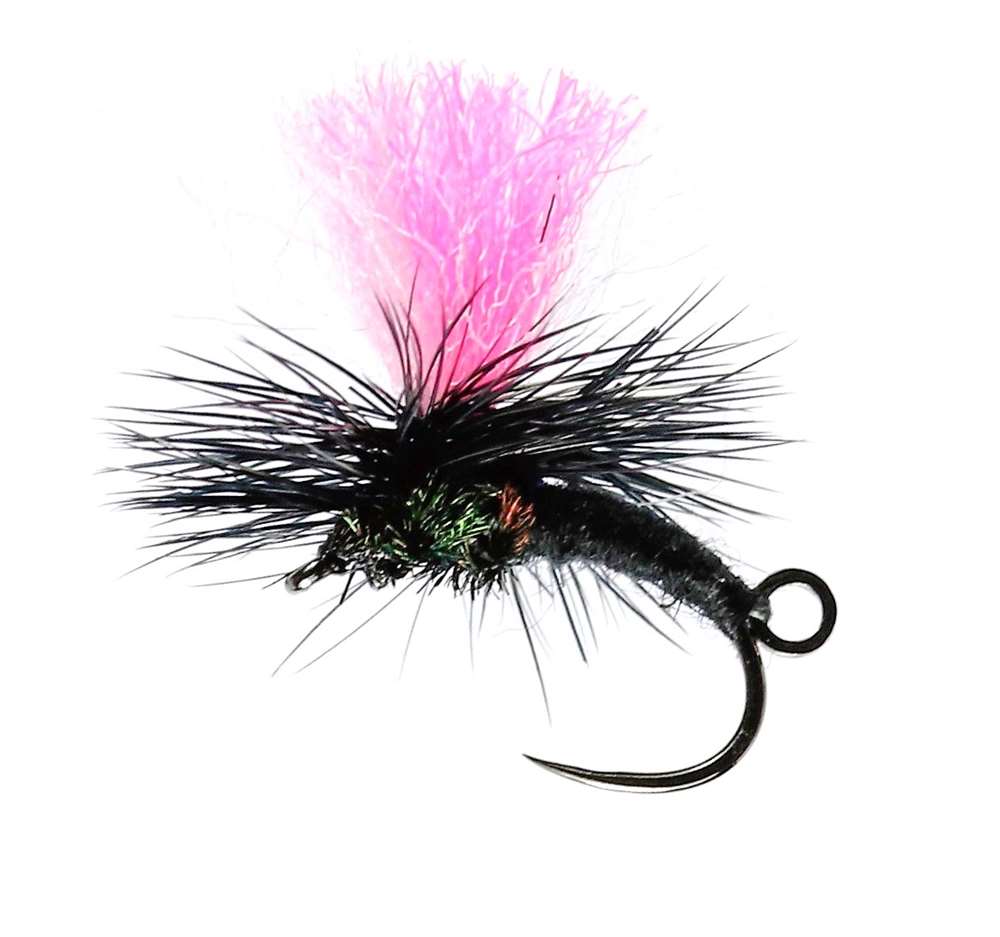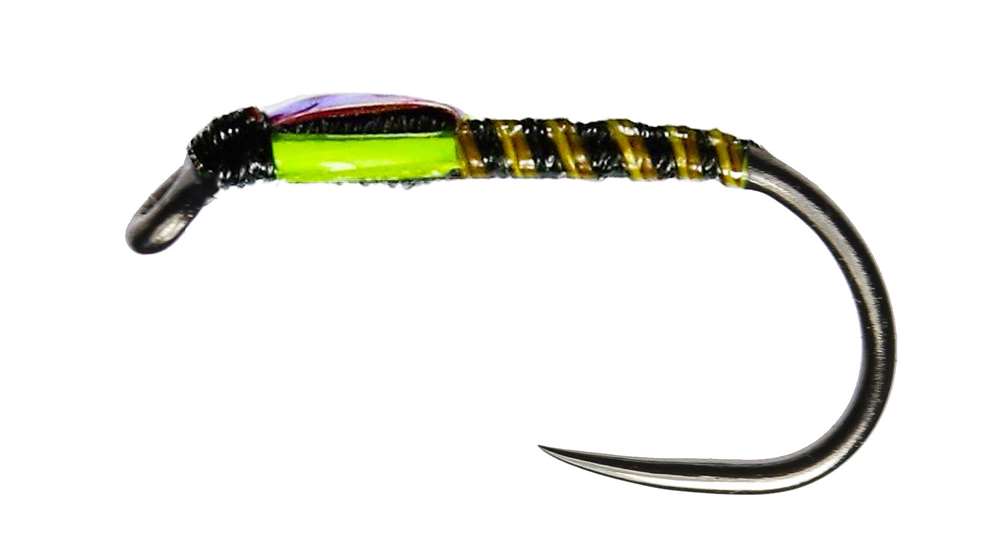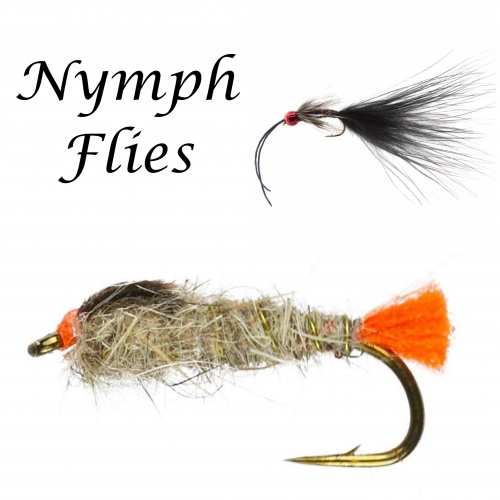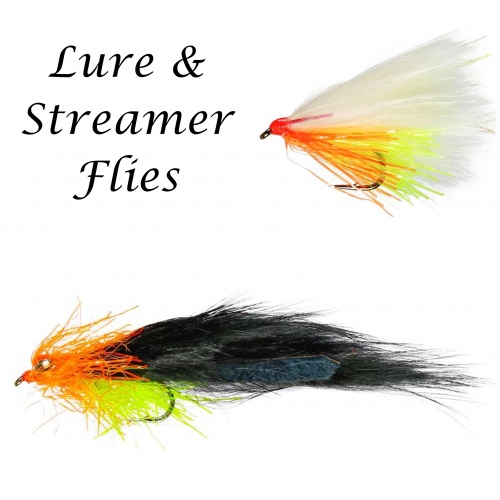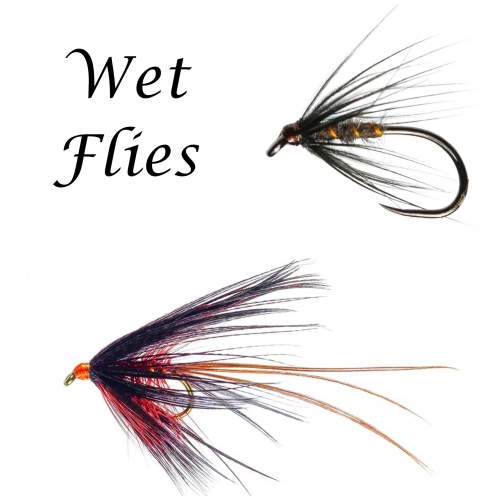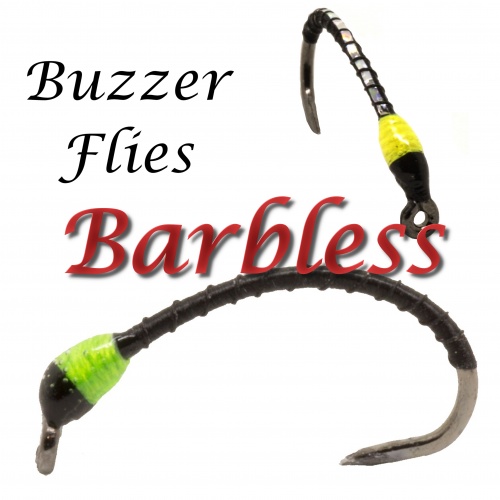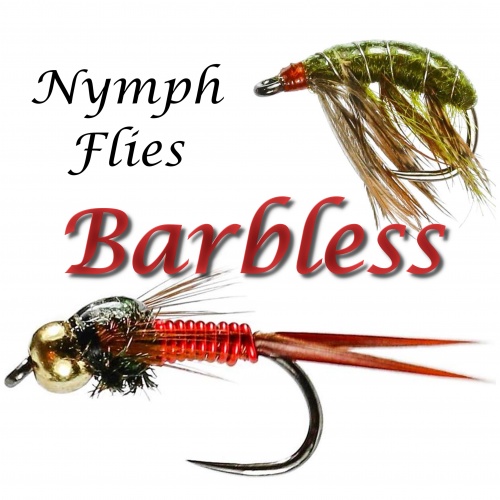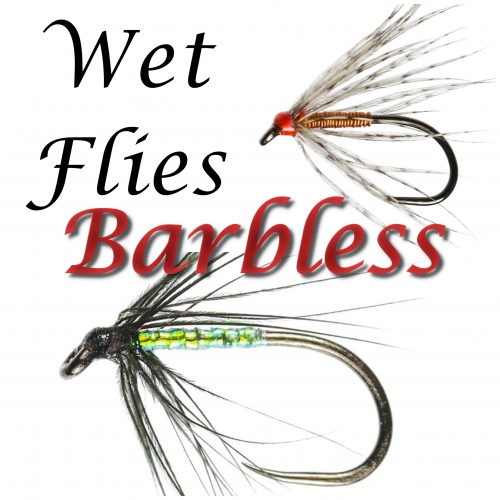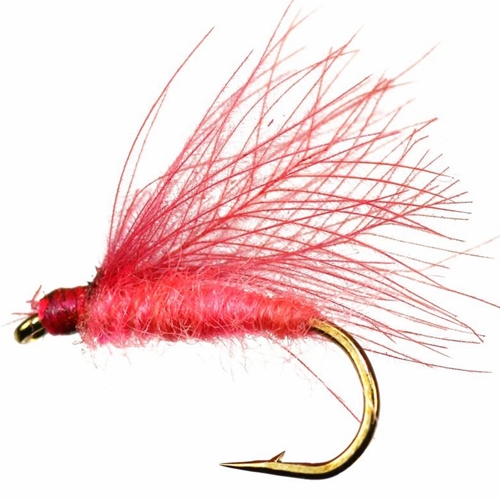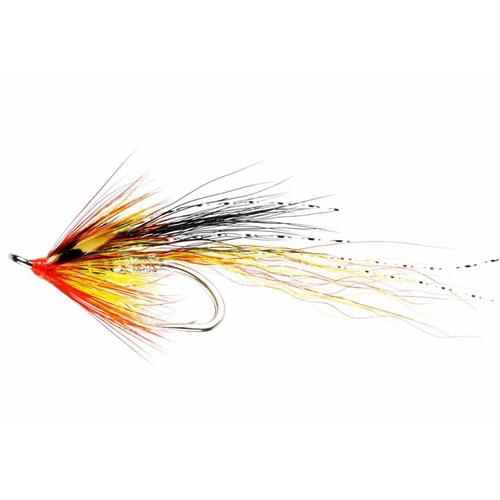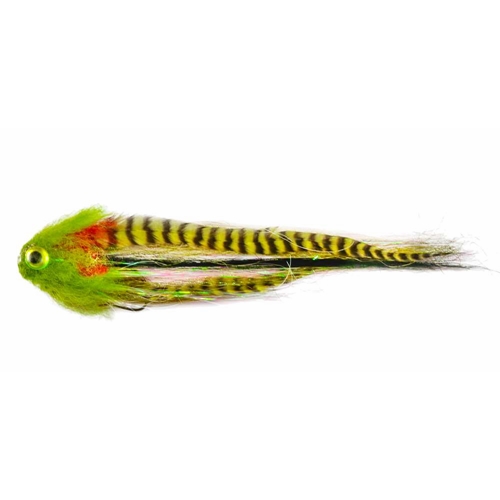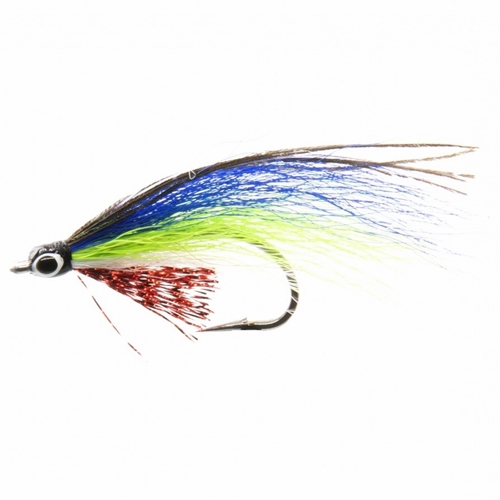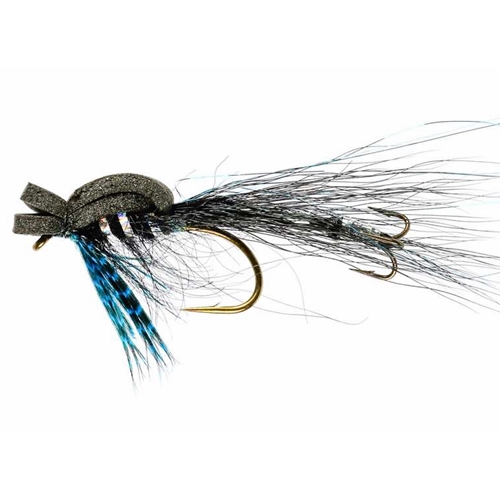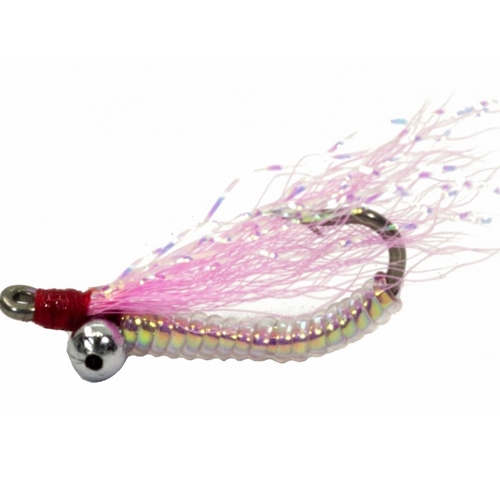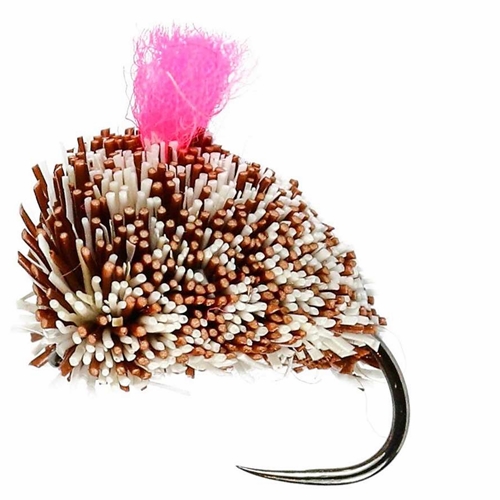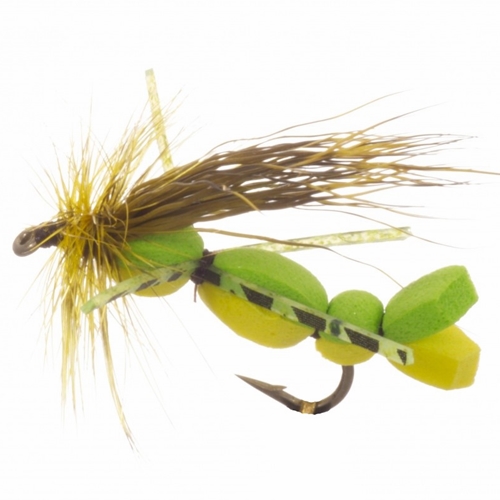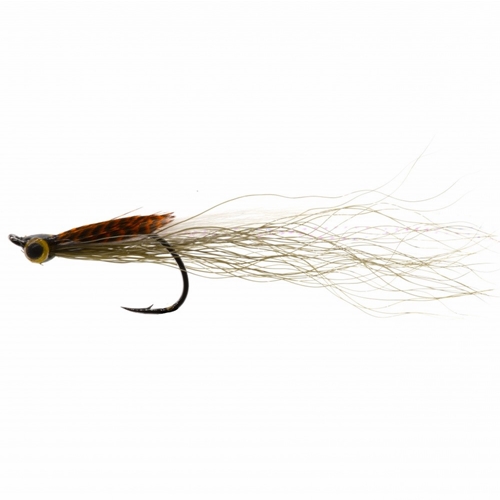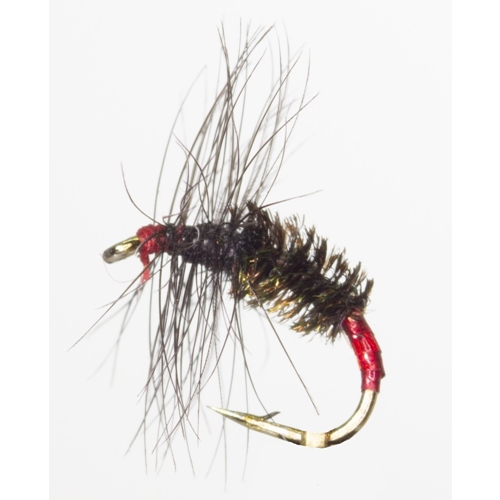When fly fishing in deep lakes, be aware that the water can form into three layers during the summer months as the sun warms it. The top layer is called the epilimnion, the middle one the thermocline and the bottom one, the hypolimnion. The coldest water forms in the deepest layers but the oxygen content is mostly confined to the upper layers. Fish will be confined to the middle layer, the plimnion.
The eplimnion in Windermere, for example, is around 30 feet deep, which means that a huge volume of water is taken up by the hypolimnion. In summer a prolonged strong wind can tip the layers at an angle. Angles can take advantage of this knowledge and put it to very good use. Because the Hypolimnion is lifted at the lee shore, it brings the fish closer to the surface. In the autumn,when conditions become cooler and winds more regular the lake will mix the layers. As this occurs, the oxygen content will increase and be spread throughout the water. As oxygenation increases fish will again become more active. As winter sets in the deeper parts of the lake become warmer relative to the surface. Fish will then range at all depths again though they will start to get more subdued as the water becomes yet colder. In the spring life returns to the lake as the sun begins to warm the water and insects and fish become more active particularly in the shorelines, making it an ideal time for fly fishing.

